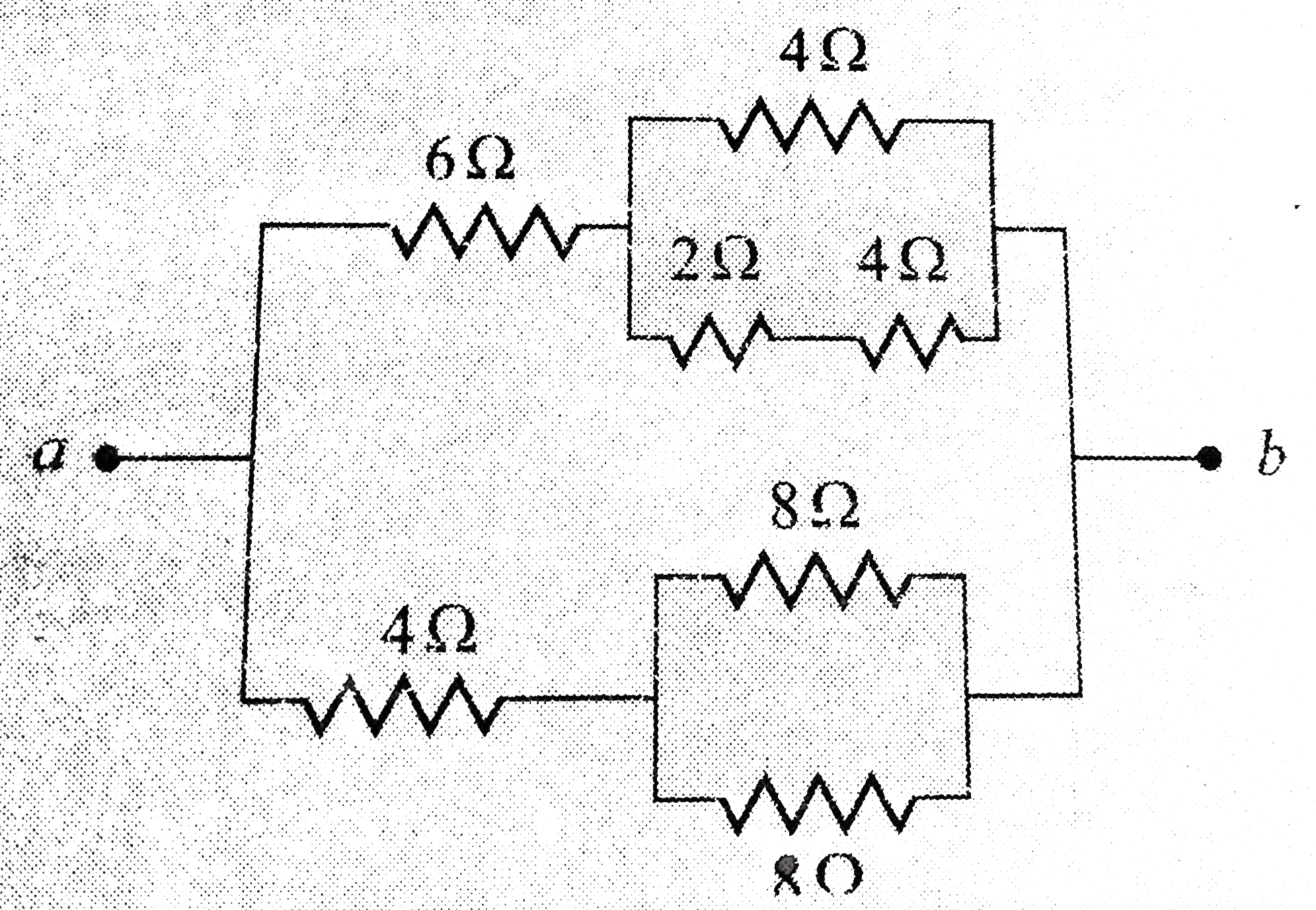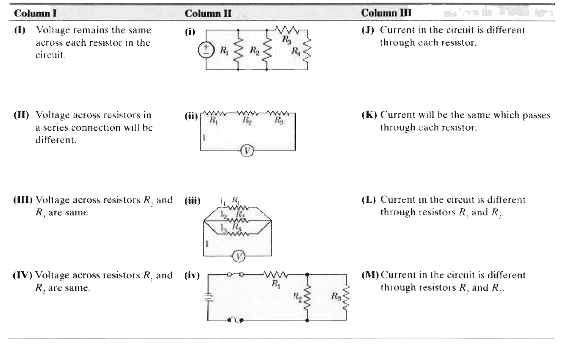 : Resistor ::
: Resistor ::  : ____________.
: ____________.
Text Solution
Variable resistor
|
Topper's Solved these Questions
- ELECTRICITYBOOK - SURA PUBLICATIONCHAPTER - ELECTRICITYEXERCISE - ADDITIONAL QUESTIONS & ANSWRES (Arrange the following in a correct order)
2 Videos
- ELECTRICITYBOOK - SURA PUBLICATIONCHAPTER - ELECTRICITYEXERCISE - ADDITIONAL QUESTIONS & ANSWRES (Answer in one word)
16 Videos
- ELECTRICITYBOOK - SURA PUBLICATIONCHAPTER - ELECTRICITYEXERCISE - ADDITIONAL QUESTIONS & ANSWRES (ASSERTION AND REASON)
15 Videos
- ACOUSTICSBOOK - SURA PUBLICATIONCHAPTER - ACOUSTICSEXERCISE - ADDITIONAL QUESTIONS & ANSWERS (VALUE B ASED QUESTION)
2 Videos
- HALF YEARLY MODEL QUESTION PAPERBOOK - SURA PUBLICATIONCHAPTER - HALF YEARLY MODEL QUESTION PAPEREXERCISE - MCQ.s
24 Videos
Similar Questions
Two students A and B were asked to pick a resistor of 15kΩ from a collection of carbon resistors. A picked a resistor with bands of colour: brown, green, orange while B choose a resistor with bands black, green, red. Who picked the correct resistor? Explain.
View SolutionA parallel combination of an 8Ω resistor and an unknown resistor R is connected in series with a 16Ω resistor and a battery. This circuit is then disassembled, and the three resistors are then connected in series with each other oand the same battery. in both arrangements, the current through the 8Ω resistor is the same. What is the unknown resistance R?

View Solution
Knowledge Check
There are mainly two types of combinations of resistors in a circuit, series and parallel. In the given table, Column I shows voltages of different arrangements of resistors, Column II shows different arrangement of resistors and Column III shows currents of different arrangements of resistors.
What are the conditions when resistors are in mixed combination, that is, parallel and series combination respectively?
 A(IV) (iv) (K)B(III) (iv) (M)C(II) (iii) (L)D(I) (i) (M)
A(IV) (iv) (K)B(III) (iv) (M)C(II) (iii) (L)D(I) (i) (M)There are mainly two types of combinations of resistors in a circuit, series and parallel. In the given table, Column I shows voltages of different arrangements of resistors, Column II shows different arrangement of resistors and Column III shows currents of different arrangements of resistors.
What are the conditions when resistor is in the parallel network?
 A(I) (ii) (J)B(IV) (ii) (M)C(II) (ii) (J)D(I) (iii) (J)
A(I) (ii) (J)B(IV) (ii) (M)C(II) (ii) (J)D(I) (iii) (J)There are mainly two types of combinations of resistors in a circuit, series and parallel. In the given table, Column I shows voltages of different arrangements of resistors, Column II shows different arrangement of resistors and Column III shows currents of different arrangements of resistors.
What are the conditions when resistors are in mixed combination, that is series and parallel combination respectively?
 A(III) (i) (L)B(I) (i) (J)C(IV) (i) (L)D(II) (iii) (M)
A(III) (i) (L)B(I) (i) (J)C(IV) (i) (L)D(II) (iii) (M)
